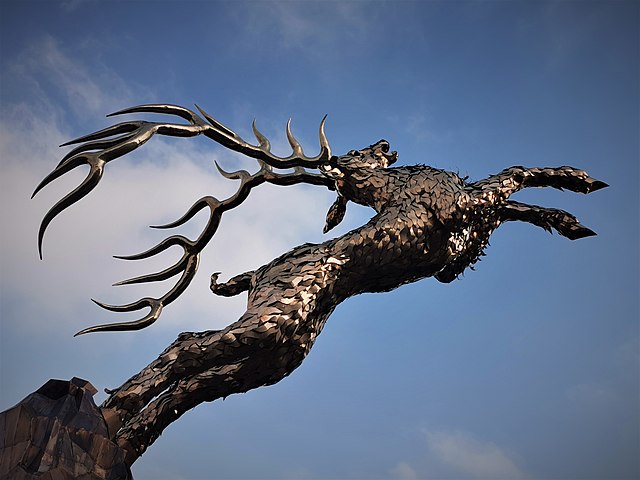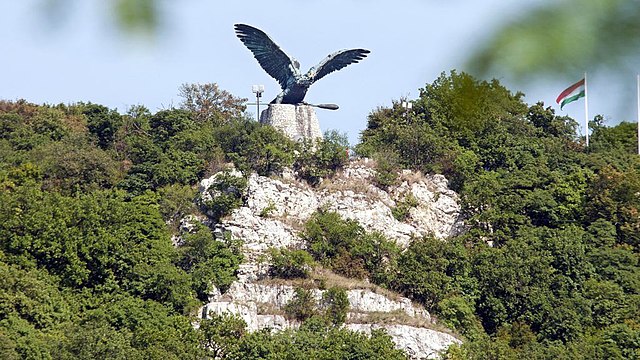Hungarian mythical animals and what they symbolise

Before turning to Christianity, the Hungarian nation had beliefs about mythical creatures and how the world worked. Although much of Hungarian mythology is lost, some sources feature mythical and legendary animals. Here are the most well-known mythical animals from Hungarian culture and what they symbolise.
The Wonder Stag
It is possible that the conquering Hungarians brought with them the eastern variation of the miraculous deer legend. Later, this legend was mixed with the Christian Hubertus legend. According to the Gesta Hungarorum, the Wonder Stag showed an area perfect for settlement to Hunor and Magor, from whom Hungarians originate. However, other versions of the story were born in some regions of Hungary.
According to one of them, the Wonder Stag has a thousand antlers and a thousand burning candles on the tips of them. Another version of the legend says that the Wonder Stag has the rising bright sun on its forehead, the moon on its side, and the stars on its right kidney. The miraculous stag has been symbolic to many Eurasian people and some North American Indian tribes. It symbolises the starry sky.

Turul
The Turul is one of the most popular national symbols of Hungarians. It is a mythological bird, and its appearance is close to that of a falcon. According to the Gesta Hungarorum, the Turul showed a vision to Emese in her dream, where she was pregnant. The Turul also played a prominent role in the legend of the Hungarian conquest of the Carpathian Basin.
The Turul protected and showed the way to Hungarians who set out to look for Attila’s land. During the reigns of Álmos and Árpád, the Turul symbolised the defence of the homeland. Thus, it was a popular symbol in the Second World War as well. It was often chosen as a decorative element of monuments to the fallen ones in the war. It is the symbol of commitment and nation.

White Horse
Ancient Hungarians considered the white horse a sacred animal. The legend of the white horse is one of the legends that originated around the time of the conquest of Hungary. Árpád and his nobles heard of a land that had a great river and wealth. They sent out a messenger, Kusid, to survey the land. When he arrived, he was amazed by the pleasant landscape and the fertile land. He went to the ruler of the province, Svatopluk, and told him about the Hungarians’ intentions. The ruler was delighted, as he thought the Hungarians were peasants who wanted to cultivate the land.
Kushid took some water from the Danube and some earth to show his people. They all agreed that it was the best they had ever seen, thus they sent Kusid back with a white horse and a gilded saddle. He gifted it to Svatopluk, who in return told him to have as much land as Hungarians wanted. To his surprise, Hungarians returned with seven generals, led by Árpád, to claim the land. Svatlopuk gathered an army, but he was defeated. He was pursued to the Danube by Hungarians, and he jumped into the river and drowned.
The griffin
The griffin is part of numerous mythological stories of various nations. It is usually portrayed as a mixture of a bird of prey and a lion. It nests on the top of a mountain or a giant tree and is the enemy of the dragon from whom the hero of the legends protects the griffin’s young. At the end of each legend, the hero wins the griffin’s gratitude. The griffin also appears in Hungarian folk art as a large, wonderful, protective creature. In some versions of the tale of the White Horse that was mentioned above, the mythical griffin appears as well.
Read also:
Source:





